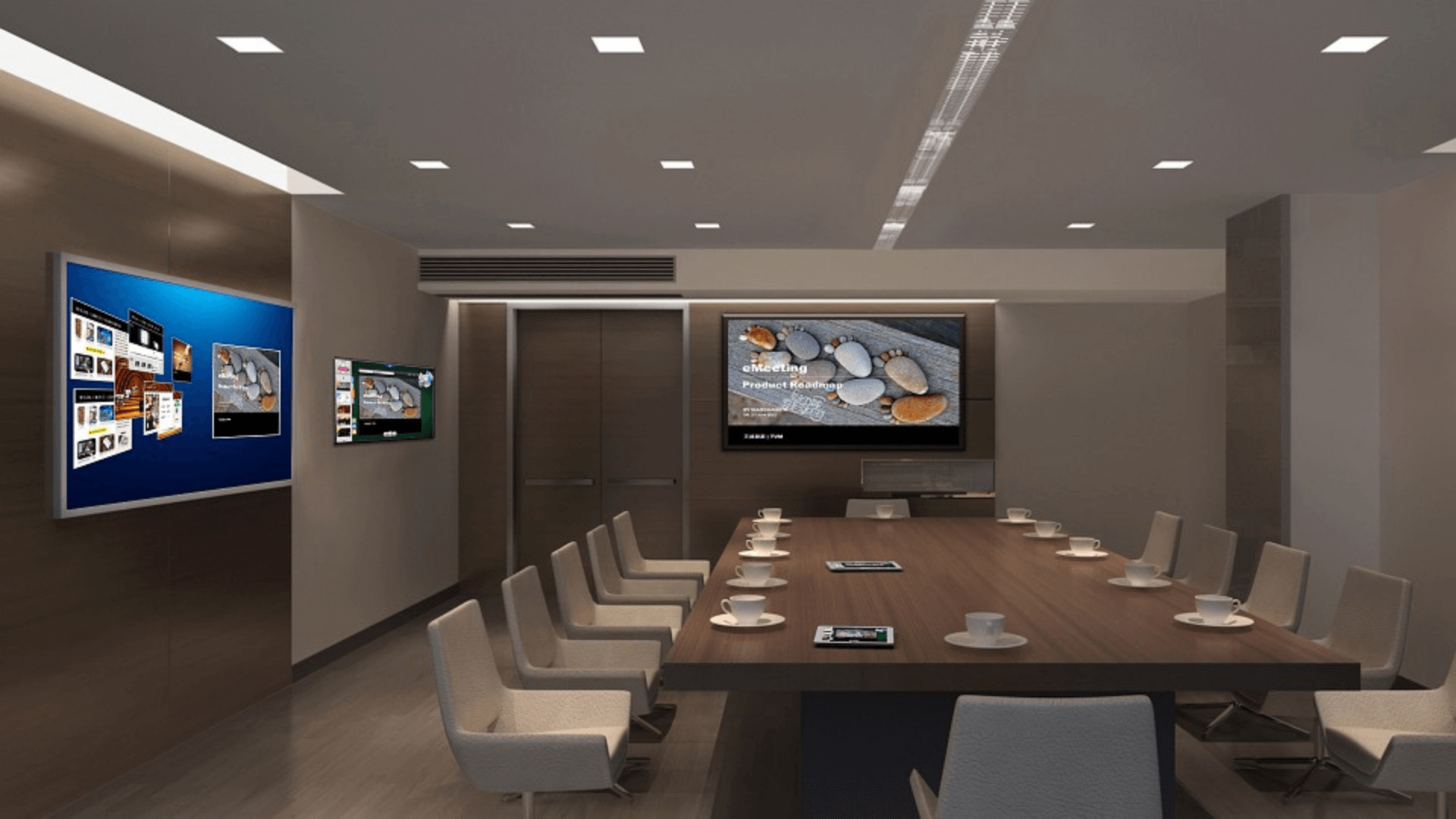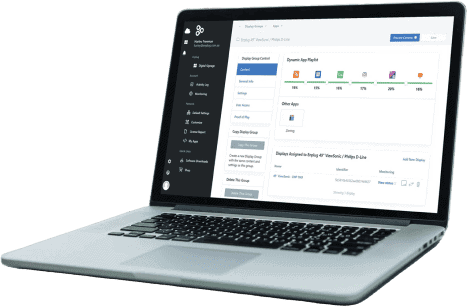
What is a Digital Signage System?
Digital signage has become something of a buzzword lately. Not only in the marketing and advertising world, but in all kinds of workplaces and organizations around the world. But what exactly is it?
Put simply, digital signage is the use of digital screens to display information. They’re incredibly dynamic and can be used across virtually all industries in some form or another.
It’s a much superior alternative to the outdated static signage fixtures of the past. It offers a more versatile and visually appealing way to display everything from advertisements to public information.
Read on to learn why adopting digital signage for your organization or business is a great idea, and why it’s easier now than it’s ever been.
What is digital signage used for?
Digital signage uses digital technology to display content like images, video, streaming media, text, and more. The exact purpose of digital signage depends on where it’s deployed and why.
For instance, digital signage can be used as a multimedia billboard that cycles through curated digital advertisements on the side of a highway. Another common use of digital signage is the real-time posting of arrival and departure times inside an airport or subway station. This technology is currently being used in hotels, zoos, metro stations, hospitals—you name it.
Offices are embracing digital signage too. It can be utilized effectively in the workplace to serve a variety of purposes. For example, it can be used to display timely information that employees need to know, such as meetings, holidays, and corporate social responsibility initiatives. It can be used in doctor’s offices to keep patients up-to-date and convey helpful health tips and relevant news stories. Companies are even using digital signage in employee break rooms.

Wherever you can install a screen, you can employ digital signage. These systems give advertisers, employers, public services, and business owners unlimited ways to display a variety of media types to suit their purposes.
What is the difference between signage and signboard?
The term “signboard” typically refers to a static type of sign that can only display one thing; for example, the name of a law firm etched into a stone outside the office and lit by external lights. It can also refer to a single sign that conveys a single message, location, or place, such as a board you would typically see in front of a fast food chain.
The term “signage” is generally used to denote a group of signs that display a cohesive set of messages. An example of this would be the various signs in an airport that direct you to gates, entrances, and baggage claims.
Digital signage is a sub-segment of signage. Prior to digital signage, conventional signboards were often the only viable option to display advertisements, announcements, and so on. While these are still used, digital signage now provides a far superior option.
What is a digital signage system?
So, we know what digital signage is and what it can be used for, but what about the system as a whole and how it works? What is the technology that configures and displays the media on the screens?

A digital signage system is a platform that distributes content to screens within its network. This usually consists of a media player, cloud-based content management system (CMS), and of course, the screens themselves.
A digital signage system enables you to construct and deploy your content in the precise manner you choose, giving you complete control over the functionality and programming that can be seen. In most cases, the system can pull automated content from selected sources mixed in with your own customized content to create your ideal programming that targets your audience as you see fit.
Digital signage systems are designed to be intuitive and allow for easy deployment of digital signage content. Once you’ve constructed your content playlist (this can be done for free using tools like Canva) or Enplug Templates, you can then use your network connections to effectively broadcast the content to your connected screens.

Bottom line: If you have a screen, a digital signage system can be created and put to work through a media player and a CMS or digital signage software.
A digital signage system can consist of any number of parts and features that work together to deploy your content. In addition to the three basic components listed above, these systems can also include:
- Remote content management
- Content scheduling and playlists
- Digital signage dashboards
- Screen grouping functionality
- Display overrides
- Content creation tools (many are free)
Conclusion
In short, a digital signage system is a series of tools (digital or hardware) that allow you to deploy various types of content to serve a purpose. They’re excellent for creating efficient solutions around the workplace or for advertising. As a major part of the digital transformation, digital signage is becoming ubiquitous for good reason.
Are you looking for a comprehensive solution to deploying your own digital signage? Enplug provides all of the features mentioned above and much more — all designed to help you easily create the perfect signage programming for your unique needs. Get in touch with us today and start reaping the rewards of digital signage now.
